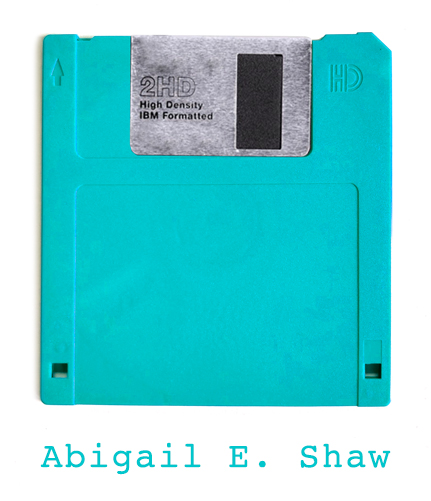
|
A1: Design and plan learning activities and/or programmes of study.
I support and contribute to the design and planning of programmes of learning at several levels, from informal, individual conversations to, below, advising at Faculty level. I also include a detailed example typical of the main way in which I support planning and design of a programme of study. I sit on the Faculty Academic Development Committee (FADC) for the Faculty of Education, Humanities and Social Sciences, giving me oversight of all programmes in the faculty, from validation through annual programme review, allowing a broad understanding of current practice, enabling collaboration in teaching and learning design with a specifically-informed perspective (K1). My role in considering proposed programmes at Faculty level is, in part, to ensure technology used in programmes is appropriate and accessible (W3C, 2018) to students, and, if it is not, to work with the academic team to scaffold viable alternatives e.g. Evidence 1, a reflective review of a situation in which a social media assessment was restructured around the desired learning outcomes to include analysis of LinkedIn content for assessment without, as per the original format, requiring students to sign up themselves (K4, K5, K6, V1, V2). I regularly work to design or redesign programmes, modules and plans of study. Below, I outline one of my earliest experiences, working to increase active learning (Bonwell, 1999) by redesigning a Level 6 Workplace Learning module (Evidence 2, testimonial from module convenor Bob Hope). I first established module requirements, including:
I assessed existing delivery, looking at elements such as engagement logs, programme board comments, student feedback, module evaluations, and submission rates (D2v, K5, V3). I took two days to meet with the module convenor and delivery team, brainstorming with RASE methodology (Churchill et al, 2013), finding creative ways to model and assess workplace tasks and behaviour (D2v, K2, K3, V3, V4). Our solutions involved:
These solutions gave the delivery team the ability to support learning in real-time, and to challenge and develop our institutional use of Moodle. They also converted some learning from theoretical to practical, providing valuable student experience and reflective opportunity (K2, K3, K4, K5, V2, V4). I had not anticipated the amount of configuring it would take to ensure things ran smoothly – e.g. each student needed a group ID to enable forum submissions to remain private to each student and their lecturers. I learnt that a huge amount of configuration is possible on Moodle: virtually any setup can be achieved with the right inputs. Secondly, in order to undertake such large-scale configuration, you need buy-in from, and time with, the delivery team. In this instance we were fortunate as the team were willing and able, but it could’ve been a complex stressor, and I’ve been mindful of this since (K1, K6). Evidence 3 is a Case Study I prepared for my CMALT portfolio, similarly outlining the redesign of the Secondary Pre-Reg site which incorporated the results of ‘what went well’ from the above redesign, building on my findings where appropriate (A2, A4, A5, K2, K3, K4, K5, V2, V3). I plan to create a ‘menu’ of successful, evidenced designs and activities, to give academic staff the opportunity to experiment with a range of content in any module, without necessarily undertaking time-consuming redesign (K6, V3). I network both on and offline with academics, learning technologists and instructional designers across UK and EU HE to ensure my recommendations are as solid and current as possible, and that I remain inspired and engaged by the possibilities of integrating technology into learning design (D2vi, A5, K1, K4, V4). References Bonwell, C.C. 1999, "Using Active Learning to Enhance Lectures", Review of Agricultural Economics, vol. 21, no. 2, pp. 542-550. Churchill, D., King, M., Webster, B., & Fox, B. (2013). Integrating learning design, interactivity, and technology. In H. Carter, M. Gosper, J. Hedberg (Eds.), Electric Dreams. Proceedings ACILITE 2013 Sydney. (pp. 139-143). Accessed via https://www.ascilite.org/conferences/sydney13/program/papers/Churchill.pdf on 23rd February 2020 W3C, Web Content Accessibility Guidelines 2.1, accessed at https://www.w3.org/TR/WCAG21/ on 23rd February 2020. |